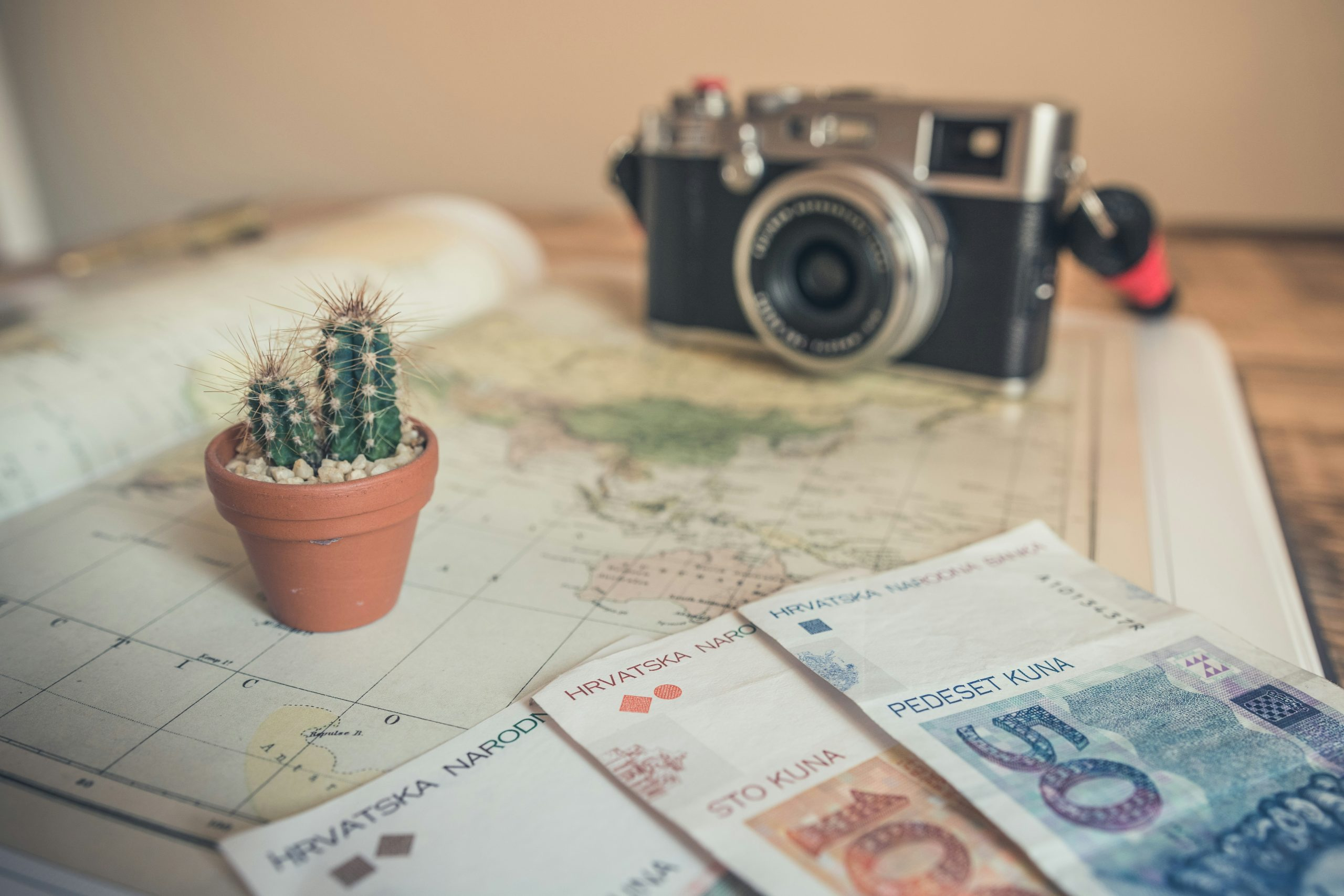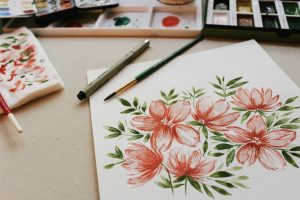The Comprehensive Handbook of Travel Photography and Visual Storytelling
Welcome to the world of travel photography and visual storytelling! As avid travelers, we all know the importance of capturing our journeys through stunning photographs. But it’s not just about simply taking pictures – it’s about telling a story through the lens. That’s where The Comprehensive Handbook of Travel Photography and Visual Storytelling comes in. This comprehensive guide is designed to help you elevate your travel photography skills and create compelling visual narratives that will leave a lasting impression on your audience. Join us as we dive into the world of travel photography and uncover the secrets to capturing breathtaking images.
The Art of Storytelling Through Travel Photography
Travel photography is more than just a visual representation of a destination – it’s a way of sharing your experiences, emotions and stories with the world. Just like any other form of storytelling, travel photography requires thought, creativity and structure to effectively convey your message. The Comprehensive Handbook of Travel Photography and Visual Storytelling will guide you through the entire process, from planning your trip and selecting your gear, to composing your shots and editing your final images. Let’s explore the key elements of telling a compelling visual story through travel photography.
1. Planning Your Trip
The first step to creating a successful travel photography story is planning your trip. This involves choosing a destination, researching the culture and customs of the place, and deciding on the story you want to tell. This could be anything from capturing the vibrant street life of a bustling city, to showcasing the natural beauty of a remote island. The key is to have a clear idea of what you want to convey through your images.
Once you have a general idea, start researching the best time to visit your chosen destination. This will ensure that you capture the place at its most picturesque, whether it’s the blooming of spring flowers or the changing colors of autumn leaves. It’s also important to take into consideration the weather, as it can greatly affect the lighting and mood of your photos.
2. Selecting Your Gear
When it comes to travel photography, it’s essential to have the right gear to capture your vision. While it may be tempting to pack all your equipment, it’s important to be selective and only bring what you need. This will not only save on space and weight, but also ensure that you focus on creating quality images rather than getting bogged down by too many gadgets.
Your main camera should be able to handle a variety of lighting situations and have the option to switch lenses. A wide-angle lens is great for capturing landscapes and cityscapes, while a telephoto lens will help you get up close and personal with your subjects. Additionally, make sure to carry spare batteries, memory cards, and any other necessary accessories.
3. Composing Your Shots
Composition is the foundation of any great photograph, and travel photography is no exception. As you explore your chosen destination, pay attention to the elements that make it unique – whether it’s the architecture, people, or landscape. Use these elements to create visually interesting and dynamic shots.
When composing your photos, keep in mind the rule of thirds – dividing your image into thirds both horizontally and vertically and placing your main subject on one of the intersecting points. This simple technique can add depth and balance to your images. Also, try experimenting with different angles and perspectives to add variety to your shots.
4. Editing Your Images
Editing plays a crucial role in storytelling through travel photography. It allows you to enhance the mood and atmosphere of your images and make your stories come to life. When choosing which images to edit, be selective and only choose the ones that best convey your story.
Start by adjusting the basic settings such as exposure, contrast, and saturation. Then, move on to more advanced techniques like cropping, color correction, and adding filters or textures. Keep in mind that the goal of editing is to enhance your images, not alter them beyond recognition.
Conclusion
Travel photography is a powerful tool for storytelling and sharing our experiences with the world. With The Comprehensive Handbook of Travel Photography and Visual Storytelling, you now have the tools and knowledge to elevate your travel photography skills and effectively convey your stories through stunning images. Remember, the key to great travel photography is to plan ahead, be selective with your gear, and use composition and editing to tell your unique story. Happy shooting!










